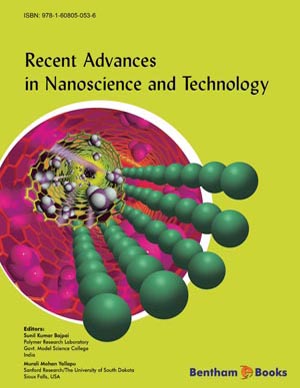Abstract
Since the discovery of Carbon Nanotubes (CNTs) by Iijima in 1991[1, 2], there has been an explosion of research into the physical and chemical properties of this novel material. CNT based biosensors can play an important role in amperometric, immunosensor and nucleic-acid sensing devices, e.g. for detection of life threatening biological agents in time of war or in terrorist attacks, saving life and money for the NHS. CNTs offer unique advantages in several areas, like high surfacevolume ratio, high electrical conductivity, chemical stability and strong mechanical strength, and CNT based sensors generally have higher sensitivities and lower detection limit than conventional ones. In this review, recent advances in biosensors utilising carbon nanotubes and carbon nanotube fibres will be discussed. The synthesis methods, nanostructure approaches and current developments in biosensors using CNTs will be introduced in the first part. In the second part, the synthesis methods and up-to-date progress in CNT fibre biosensors will be reviewed. Finally, we briefly outline some exciting applications for CNT and CNT fibres which are being targeted. By harnessing the continual advancements in micro and nano- technology, the functionality and capability of CNT-based biosensors will be enhanced, thus expanding and enriching the possible applications that can be delivered by these devices.



















